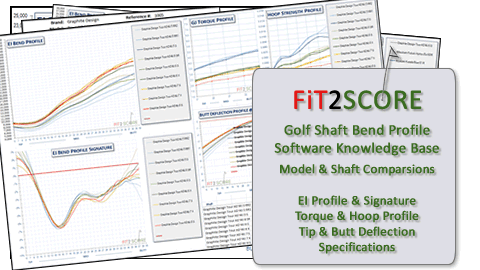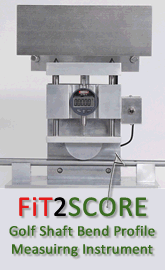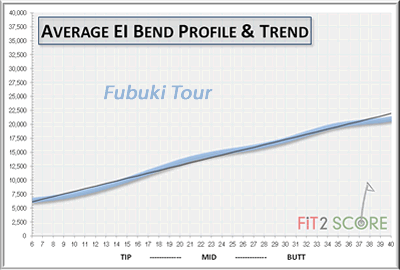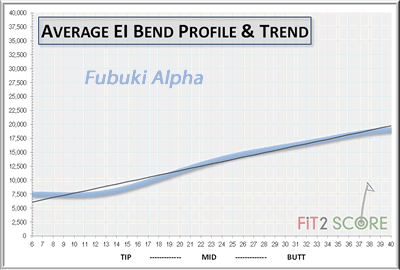Dynamic Gold AMT Iron Shafts
By Russ Ryden and Mark Maness

AMT stands for Ascending Mass Technology. It is not a new concept. Ping has had ascending weight shafts for many years. Nippon 999’s were ascending. Aerotech Players Spec were ascending. If you are not a club maker you probably have not been exposed to the concept. Briefly, there are primarily two kinds of shafts; constant weight tapers and parallel’s. Constant weight tapers are made to length in the factory and the shafts in the set are all the same weight even though they are different lengths. Parallels are made to one length in the factory. The club maker cuts them to the length needed for the club he is building. As they are cut shorter they weigh less. The shafts in a set are lighter in the short irons than in the long irons. I wrote an article about this some years ago in the technical stuff section of this site; Constant Weight vs Parallel Iron Shafts.
Iron heads get heavier as the the numbers get higher. The 4 iron head is heavier than the 3 iron, the 5 iron is heavier than the 4 iron and so on down to the gap wedge. In sets made of parallel shafts, the shafts get lighter while the head gets heavier. In sets made from constant weight shafts, the shafts are the same weight while the heads get heavier. In ASCENDING WEIGHT sets, the shafts get heavier as the heads get heavier. This has always been an attraction the club builders that create MOI, Moment of Inertia, matched sets.
The technical discussion, measurements and testing results are available only to registered readers
This is a great step forward in iron shaft technology. Keep it coming, True Temper, the club building community has waited a long time for a set of iron shafts like this!
 By Russ Ryden, Fit2Score, A Dallas Fort Worth Club Fitter & Club Maker
By Russ Ryden, Fit2Score, A Dallas Fort Worth Club Fitter & Club Maker![]()







